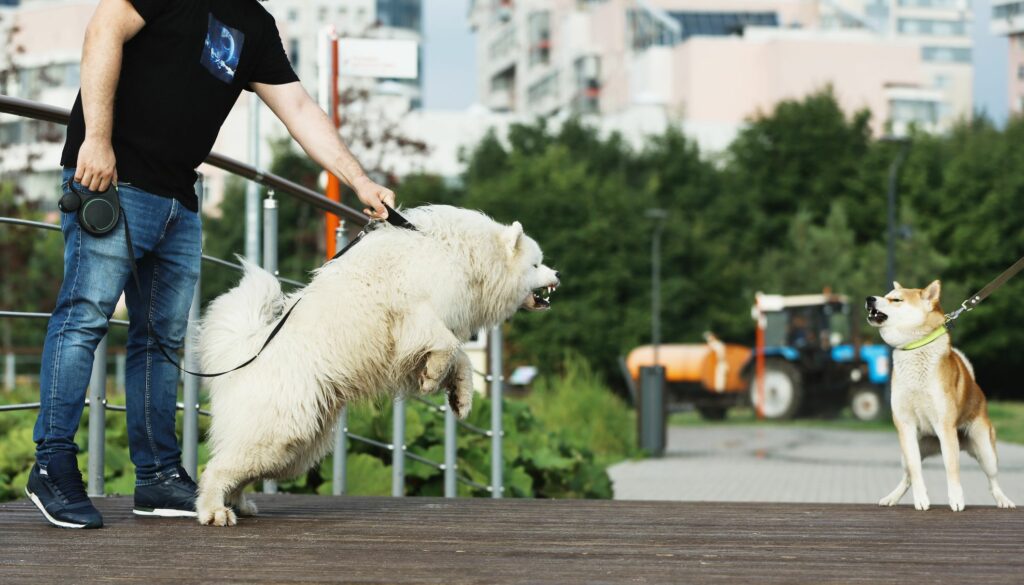Comprehensive Guide on Training Dogs to Be Less Reactive: A Step-by-Step Approach

Introduction:
Dog ownership brings immense joy, companionship, and love, but it also comes with its unique challenges, one of which is managing reactive behavior. Reactivity in dogs can manifest as barking, lunging, or even aggression in response to certain stimuli, such as other dogs, strangers, or environmental triggers. Fortunately, with patience, consistency, and positive reinforcement, it is possible to train a dog to be less reactive. In this comprehensive guide, we will explore various techniques, exercises, and tips to help you transform your reactive pup into a well-behaved, calm companion.
Understanding Reactivity:
Before delving into the training methods, it’s crucial to understand what causes reactivity in dogs. Reactivity often stems from fear, anxiety, or a lack of socialization. Identifying the triggers that provoke your dog’s reactive behavior is the first step toward successful training. Common triggers include other dogs, strangers, loud noises, and unfamiliar environments.
Establishing a Solid Foundation:
- Basic Obedience Training: Before addressing reactivity, ensure your dog has a solid foundation in basic commands like sit, stay, and come. This establishes a communication channel between you and your dog, making training more effective.
- Positive Reinforcement: Use positive reinforcement techniques such as treats, praise, and affection to reward desired behaviors. Positive reinforcement strengthens the connection between the behavior and the reward, making it more likely to be repeated.
Training Techniques:
- Desensitization: Gradual exposure to triggering stimuli can help desensitize your dog. Start at a distance where your dog remains calm, rewarding them for calm behavior. Gradually decrease the distance over multiple sessions, reinforcing calm behavior each time.
- Counterconditioning: Replace the negative association with a positive one. For example, if your dog reacts negatively to other dogs, pair the presence of another dog with a high-value treat. This conditions your dog to associate the trigger with a positive experience.
- Focus and Attention Exercises: Teach your dog to focus on you using commands like “look” or “watch me.” Practice these exercises in low-distraction environments and gradually increase difficulty. This helps redirect their attention when faced with triggering stimuli.
- Controlled Socialization: Gradually expose your dog to various environments, people, and other animals in controlled settings. Use positive reinforcement to reward calm behavior during social interactions.
Consistency and Patience:
- Consistency is Key: Consistency is crucial in dog training. Establish consistent rules, commands, and rewards. Inconsistency can confuse your dog and hinder progress.
- Patience and Understanding: Reactivity is a complex behavior that takes time to change. Be patient, understanding, and celebrate small victories. Avoid punishment, as it can exacerbate fear and anxiety.
Professional Assistance:
- Seeking Professional Help: If your dog’s reactivity is severe or if you find it challenging to make progress, consider seeking the help of a professional dog trainer or behaviorist. They can provide personalized guidance based on your dog’s specific needs.
Conclusion:
Training a reactive dog requires dedication, patience, and a positive mindset. By understanding the underlying causes of reactivity and implementing a combination of desensitization, counterconditioning, and consistent positive reinforcement, you can make significant strides in transforming your furry friend into a calm and well-mannered companion. Remember, every dog is unique, so tailor your approach to suit your dog’s individual needs for the best results.




